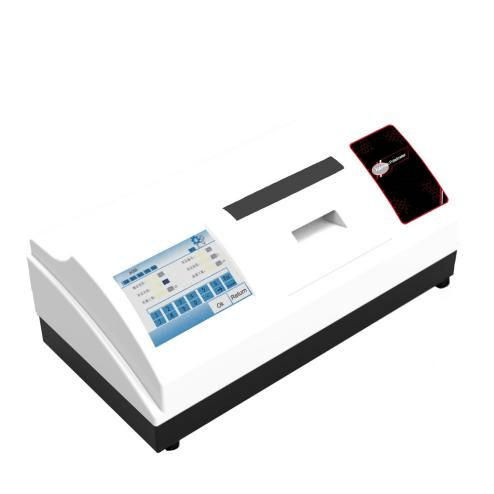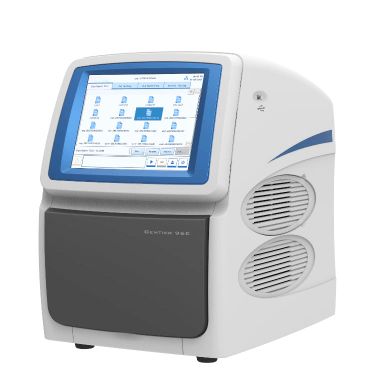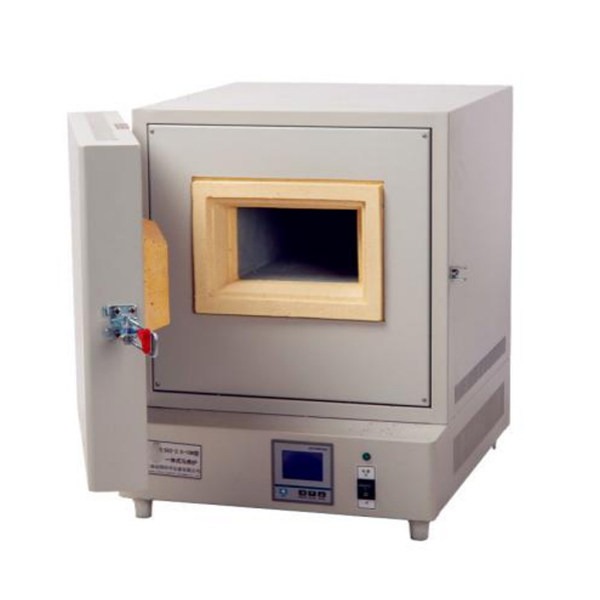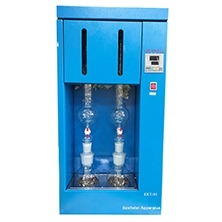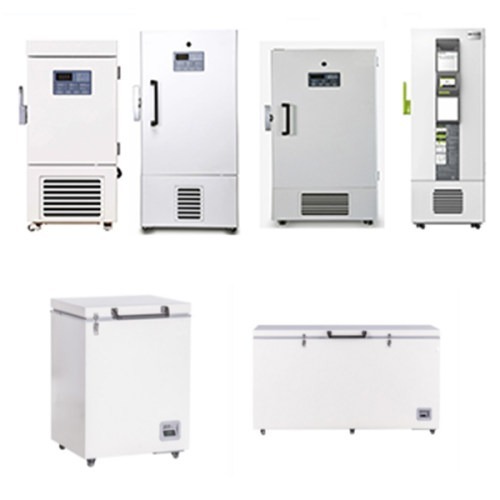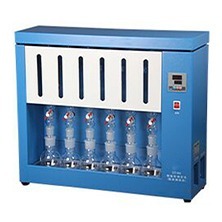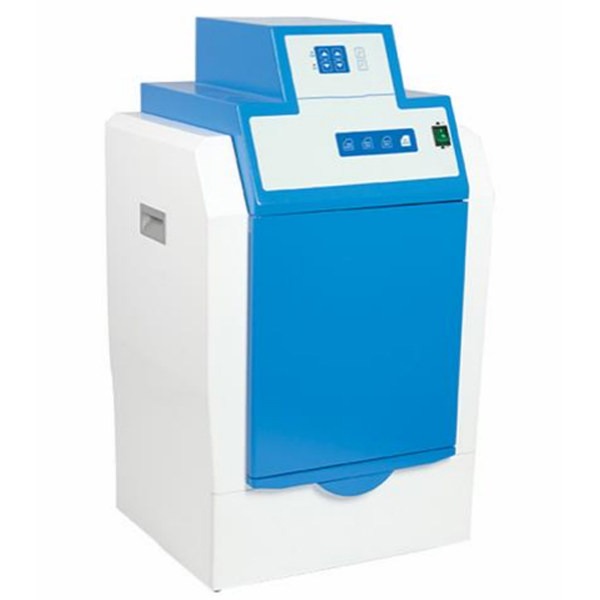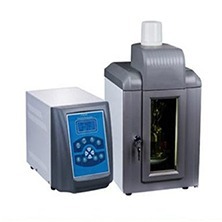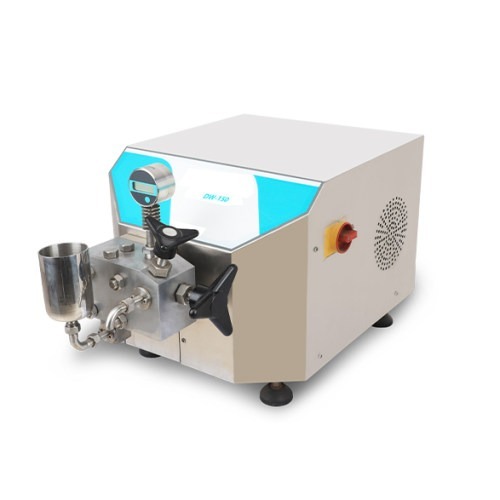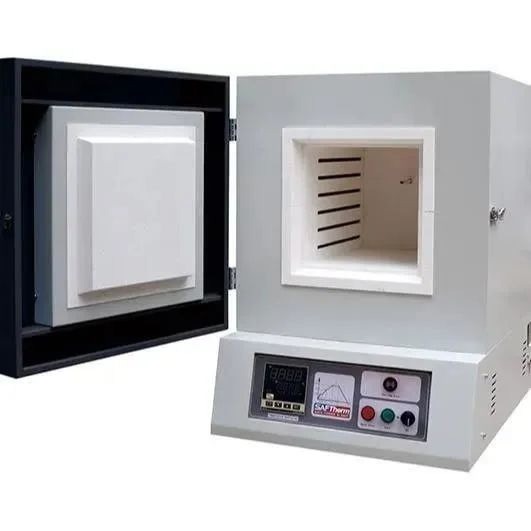News
Polarimetry: Applications, Advancements, and Industry Trends
Polarimetry is a technique used to measure the rotation of polarized light as it passes through a sample. It is based on the principle that certain substances, such as chiral molecules, rotate the plane of polarization of light. In this article, we will explore the principles of polarimetry, its applications, and the trends shaping the industry….
PCR: The Ultimate Forensic Tool for Identifying Criminals
PCR (polymerase chain reaction) technology is widely used in molecular biology to amplify specific regions of DNA for analysis. One area where PCR has had a significant impact in forensic science is where it is used to identify individuals and match DNA evidence from crime scenes. In this article, we will explore the advantages, limitations, and applications…
High-temperature Muffle Furnace – How to Select and How to Use?
Now muffle furnaces are widely used in the lab. The article mainly introduces how to select a high-temperature muffle furnace and precautions for the use of a muffle furnace. Factors to be Considered for Choosing High-Temperature Muffle Furnace 1. Temperature Select the Z high temperature of the muffle furnace according to the actual temperature. The Z high temperature of…
Best Guide To Knowing the Working of Soxhlet Extractor
Soxhlet extraction is a popular method for continuously extracting a target component from a solid sample. It is accomplished by employing a specialized Soxhlet extraction apparatus known as a Soxhlet extractor, which is comprised of a round-bottom flask, a condenser, and a thimble. Overview of the Soxhlet Extraction Process It is crucial to note that the…
Useful Tips to Know Ultra-low Temperature Refrigerator
Many laboratories use ultra-low-temperature refrigerators to ensure the safety of valuable samples. There are many types of the ULT refrigerator, which can operate between – 86 °C and – 45 °C and the internal temperature of the refrigerator is maintained between – 70 ° C and – 80 ° C. What Is the Ultra-low Temperature Refrigerator? Ultra-low temperature refrigerator,…
3 Tips to Know Soxhlet Extractor
A Soxhlet extractor is extensively used in chemistry, food science, pharmaceuticals, environmental research, and other industries to extract various types of chemicals from solid samples. What Is Soxhlet Extractor? A Soxhlet extractor is a type of laboratory instrument used for the continuous and automated extraction of organic molecules from solid materials. A Soxhlet flask, an extraction…
3 Useful Tips for Gel Documentation System
Gel imaging refers to the detection and analysis of DNA/RNA/protein and other gel electrophoresis with different stainings, such as EB, coomassie brilliant blue, silver staining, SYBRGreen, microcellular plate, plate and other non-chemiluminescence imaging. The gel documentation system can be used in conventional bioengineering research such as molecular weight calculation, density scanning, density quantification, PCR quantification, etc. Classification…
The Best Guide to Know Ultrasonic Homogenizer: Application and Using Tips
What Is The Ultrasonic Homogenizer? Ultrasonic homogenizer, also known as ultrasonic disruptor or sonicator, is a type of equipment that uses high frequency sound waves to mix, emulsify, disperse, and homogenize different types of materials. The device consists of a generator that produces high-frequency electrical signals, a transducer that converts the electrical signals into mechanical…
Detailed Analysis of High Pressure Homogenizer for Cell Disruption
High pressure homogenizers are commonly used for cell disruption, which is the process of breaking open cells to release their contents, such as proteins, enzymes, and nucleic acids. Cell disruption is an important step in many biological and biotechnological processes, including the production of vaccines, antibodies, and biofuels. Explanation of How High Pressure Homogenizers Can…
How to Use Muffle Furnace Safely and Effectively?
Muffle furnace is mainly used for the determination of moisture, ash, volatile matter, melting point analysis, ash composition analysis, and elemental analysis. It can also be used as a general ashing furnace. It is also often useful in the lab of food, environment, pharmaceutical, and other industries. Categories Of Muffle Furnace The muffle furnaces have the following categories according to…


